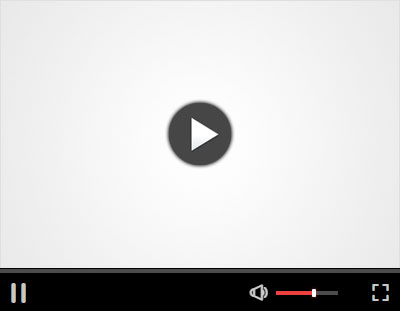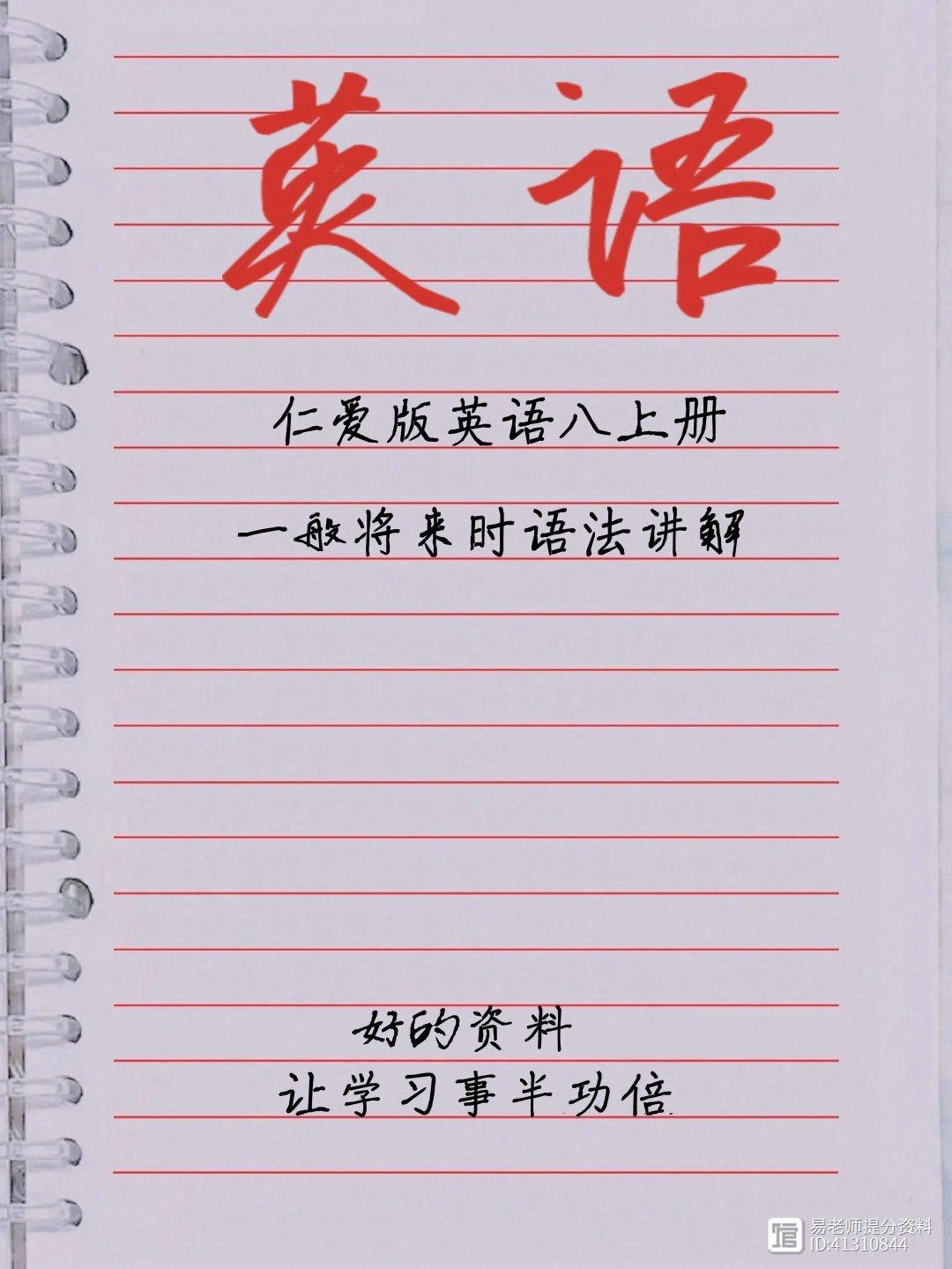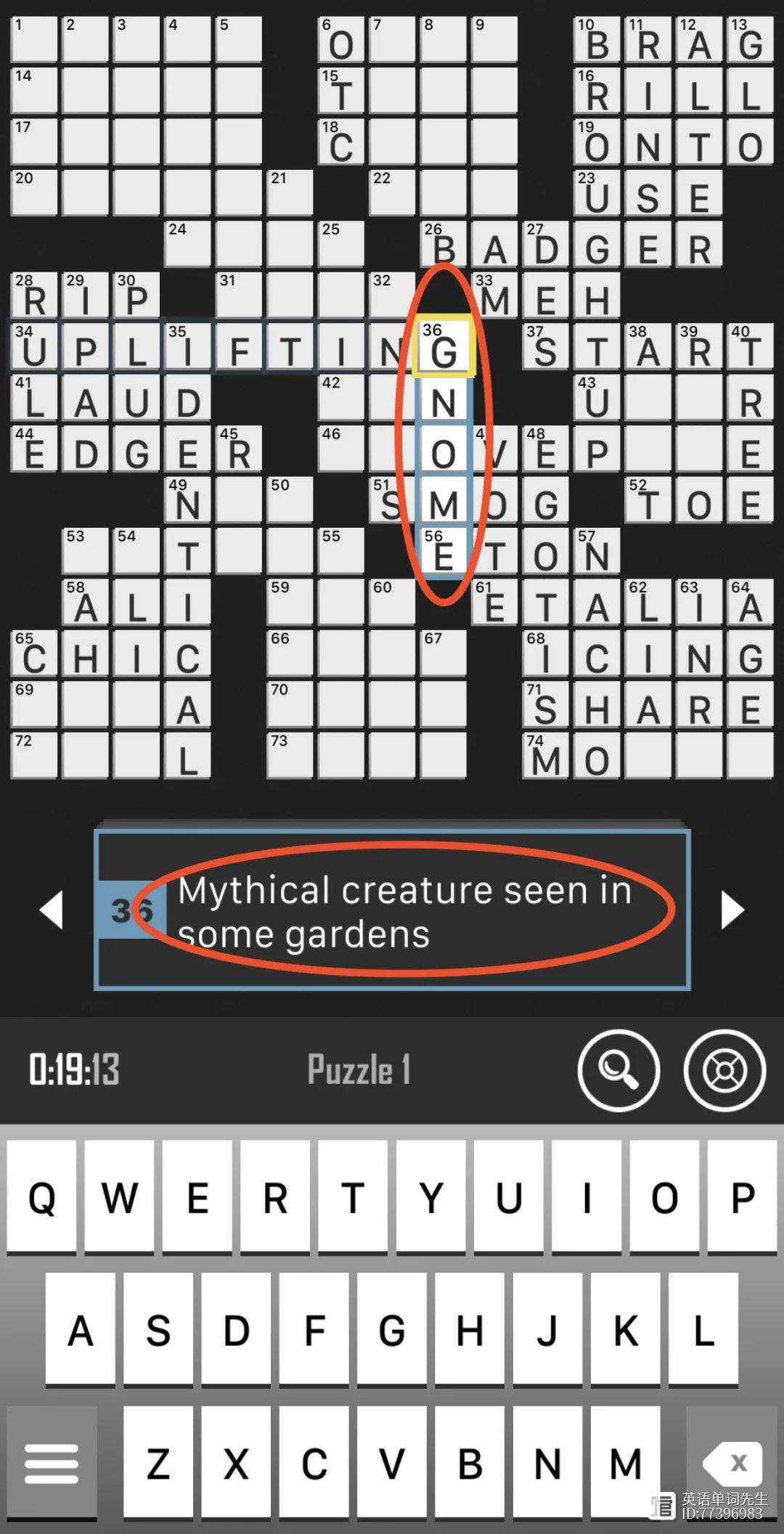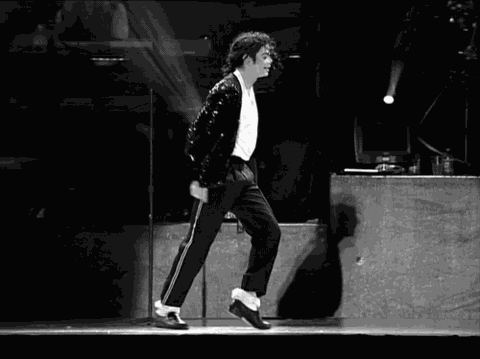语法专题 | 一般现在时和现在进行时(附练习)
一般现在时
构成:
1. be动词:主语 be(am,is,are) 其它。如:
I am a boy.我是一个男孩。
2.行为动词:主语 行为动词( 其它)。如:
We study English.我们学习英语。
当主语为第三人称单数(he, she,it)时,要在动词后加"-s"或"-es"。如:Mary likes Chinese.玛丽喜欢汉语。
注意:一般现在时经常和频率副词连用。
句型
1. be动词的变化。
否定句:主语 be not 其它。
如:He is not a worker.他不是工人。
一般疑问句:Be 主语 其它。
如:-Are you a student?
-Yes. I am. / No, I'm not.
特殊疑问句:疑问词 一般疑问句。如:Where is my bike?
2.行为动词的变化。
否定句:主语 don't( doesn't ) 动词原形( 其它)。如:
I don't like bread.
当主语为第三人称单数时,要用doesn't构成否定句。如:
He doesn't often play.
一般疑问句:Do( Does ) 主语 动词原形 其它。如:
- Do you often play football?
- Yes, I do. / No, I don't.
当主语为第三人称单数时,要用does构成一般疑问句。如:
- Does she go to work by bike?
- Yes, she does. / No, she doesn't.
特殊疑问句:疑问词 一般疑问句。如:How does your father go to work?
动词第三人称单数形式构成规则
动词原形变第三人称单数的规则与发音规律同名词单数变复数大致相同,请认真观察。
1、大多数动词在词尾加“S”在清辅音后发音为[s],在浊辅音及元音后发音为 [z]。如:
①stop-stops [s]
make-makes [s]
②read-reads [z]
play-plays [z]
2、以辅音字母加“y”结尾的,要先将“y”变为“i”,然后在加“es”读[iz] 如:
fly-flies [z]
carry-carries [z]
study-studies [z]
worry-worries
3、以“s, x, ch, sh”结尾的,在词尾加“es”,发音为[iz] 如:
teach-teaches [iz]
watch-watches [iz]
4、以“o”结尾的动词,加“es”,读[z] 如:
go-goes [z] do-does [z
下面几个动词变为单数时,原词的元音部分的发音发生了较大的变化,请注意记忆。如:
1)、do [du:]-does [dz]
2)、say [sei]-says [sez]
以不发音字母“e”结尾的开音节词,如果尾音是[s],[z]时,加“s”后字母“e” 发音, 与所加“s”
一起读做[iz]。如:close-closes [iz]
be动词包括:am, is, are。第三人称单数用 is;过去式为 was;复数are,过去式为were.
have,遇到主语是第三人称单数时,要用 has;动词 be 的第三人称单
提升练习
一、 写出下列动词的第三人称单数
drink ________
go _______
stay ________
make ________
look _________
have_______ pass_______
carry ____
come________
watch______
plant_______
fly ________
study_______
brush________ do_________
teach_______
二、用括号内动词的适当形式填空。
1. He often ________(have) dinner at home.
2. Daniel and Tommy _______(be) in Class One.
3. We _______(not watch) TV on Monday.
4. Nick _______(not go) to the zoo on Sunday.
5. ______ they ________(like) the World Cup?
6. What _______they often _______(do) on Saturdays?
7. _______ your parents _______(read) newspapers every day?
8. The girl ______ _(teach) us English on Sundays.
9. She and I _____ ___(take) a walk together every evening.
10. There ___ _____(be) some water in the bottle.
点击下方空白区域查看答案
▼
一、写出下列动词的第三人称单数
drinks
goes
stays
makes
looks
has
passes
carries
comes
watches
plants
flies
studies
brushes
does
teaches
二、用括号内动词的适当形式填空。
has
are
don’t watch
doesn’t go
Do like
do do
Do read
teaches take is
现在进行时
第一概念
现在进行时表示说话时正在进行或发生的动作,也可表示当前一段时间内的活动或现阶段正在进行的动作.
结构:助动词 be ( am / is / are ) 现在分词.
第一句型结构:
1.现在进行时的肯定形式、否定形式、疑问形式及其回答,所有变化都体现在助动词 be ( is / am / are ) 上.
1)现在进行时的肯定形式:主语 be(am/ is/are) doing 其他成分
I am singing . They are writing .
2)现在进行时的否定形式:主语 be(am/ is/are) not doing 其他成分
I am not singing . They aren’t writing .
3)一般疑问句及回答:be(am/ is/are) 主语 doing 其他成分
Am I singing ? Yes ,you are . / No ,you aren’t .
Are they writing ? Yes ,they are . / No ,they aren’t .
4)特殊疑问句及回答:特殊疑问词 be(am/ is/are) 主语 doing 其他成分
What are you doing ? We are playing (要求就提问内容具体回答).
注意: 不是所有动词都能用现在进行时态的,如:
see、like、want、know 等动词往往都不用进行时态.
提升练习
1. Look. Lucy is_____ a new bike today.
A. jumping B. running C. riding D takeing
2. The children _____ football.
A. is playing B. are playing C. play the D. play a
3. They ______TV in the evening. They do their homework.
A. are watching B. can't watching C. don’t watch D. don't watching
4. Listen! She____ in the classroom.
A. is singing B. sing C .to sing D. is sing
5. ______are you eating? I’m eating ______ meat.
A. What,some B. Which,any C. Where,not D. What,a
6. Is she ____ something?
A. eat B. eating C. eatting D. eats
7.My dictionary ___,I have looked for it everywhere but still___ it.
A. has lost,don't find
B. is missing,don’t find C. has lost,haven't found D. is missing,haven’t found.
8..Having a computer for personal use is no easy task because technology ____ so rapidly.
A. is changing B. has changed C. will have changed D. will change
9. The building_______ ,I can't stand the noise.
A. was being built B. is built C. is being built D. builds
10. I can’t catch up with the fashion,because the clothes style_______ all the time.
A. has changed B. is changed C. is changing D. changed
点击下方空白区域查看答案
▼
1.C 2.B 3.C 4.A 5.A 6.B 7.D 8.A 9C 10.C
想说又不会说的常用英语口语短句1000句,睡前听一听轻松记忆!
诺哈网2023-09-02 10:30:260000写作积累 | 寓意深刻的古诗词(许渊冲翻译版)
(一一妈妈正版实拍)(壹)鸟唱蝉鸣ANIMALS《小池》ThelittlelotusbloomhasjustshownitstipslightWhenallatonceyouseeadragonflyalight.小荷才露尖尖角,早有蜻蜓立上头。——(宋)杨万里《蜂》Yougatherhoneyfromflowerssweet.诺哈网2023-08-16 09:46:100002仁爱版英语八上一般将来时语法知识点讲解
仁爱版英语八上一般将来时语法知识点讲解。#初中英语#初中英语怎么学#语法#仁爱版英语#一般将来时#准初二#暑假预习#暑假学习#初中英语笔记诺哈网2023-08-10 14:45:260000原来,国外也有土地公公!
今天做Crossword的时候,看到这个单词:gnome/nəʊm/提示是mythicalcreatureseeninsomegardens,花园中的神话人物;(*mythical:神话的)查了一下网上的相关资料:△gnome在全世界从古至今的神话故事里(myths),有相对应的形象(counterparts),他们生活在土里。再看下图:诺哈网2023-08-06 16:25:380000老外总是说beat it,到底什么意思?千万别理解错了
迈克尔·杰克逊有一首非常出名的歌曲叫Beatit,歌词中也是"Beatit,beatit"。那么问题来了,这句歌词到底是什么意思?是“打它,打它”吗?来看一下权威的解释:beatit:Usedtorudelytellsomeonetoleave,goaway.用于表示粗鲁地告诉别人离开,走开。诺哈网2023-07-30 17:15:040000







